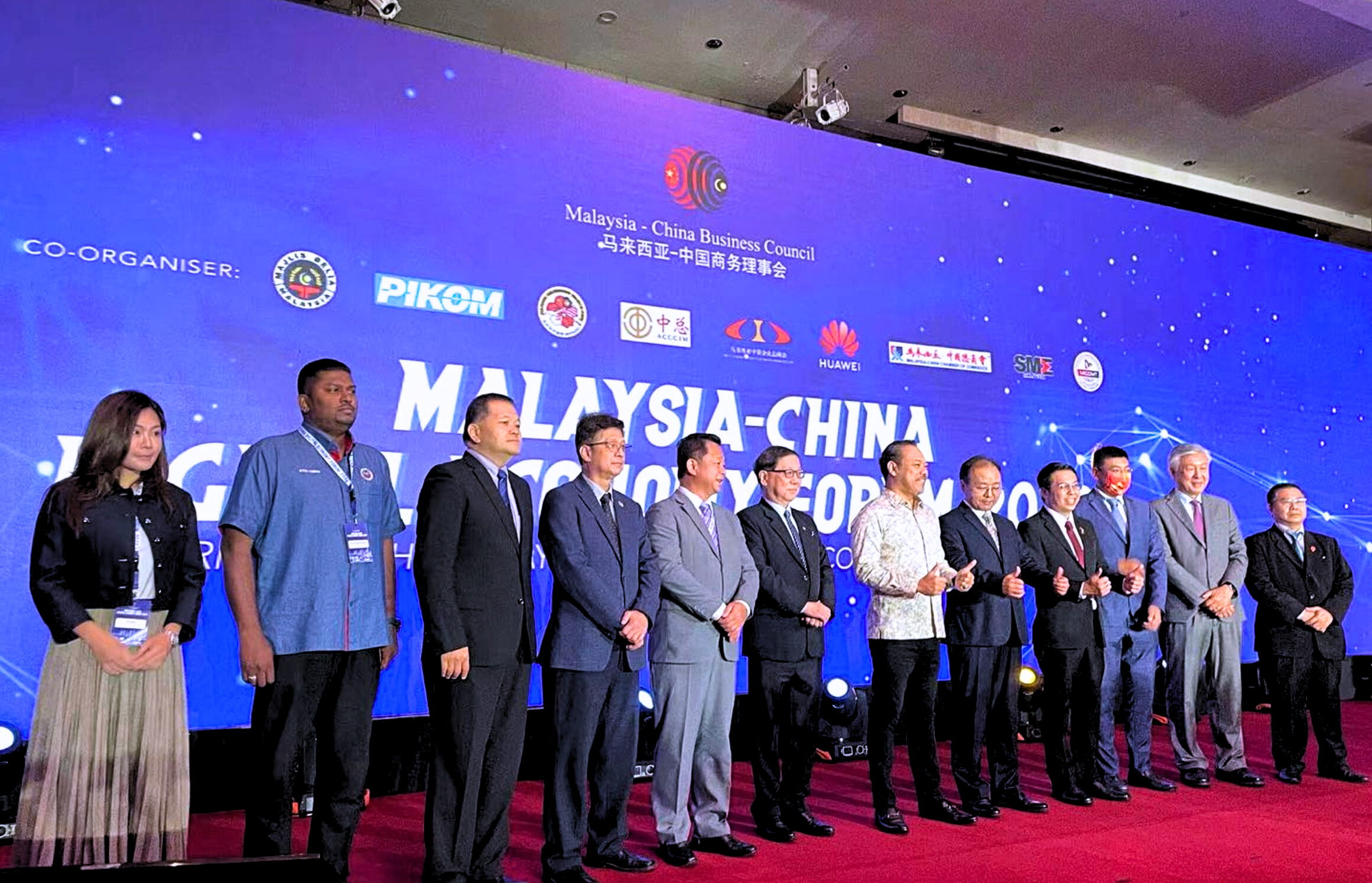Turning an SME into a global startup isn’t just about ambition—it’s about strategy, timing, and knowing when to push beyond local markets
Malaysian businesses have been making waves in ASEAN and beyond, proving that size doesn’t limit potential. Still, scaling from a small or medium enterprise to an international player takes more than luck. It requires smart planning, adaptability, and a deep understanding of what global customers really want.
Why SME to Global Startup Success Is Within Reach
You know, the idea of going global used to feel like climbing Everest without oxygen. But today? Digital tools, regional trade agreements, and shifting consumer habits have leveled the playing field. Malaysian SMEs in tech, e-commerce, and even traditional sectors are now competing internationally. That being said, not every business is built for rapid expansion. The key is figuring out if your product or service solves a universal problem—or can be tweaked to do so.
ASEAN Startups Leading the Charge
Look around ASEAN, and you’ll spot startups that began as modest SMEs before scaling across borders. Grab started small; now it’s a household name in multiple countries. The region’s growing middle class and digital adoption make it a testing ground before going fully global. Malaysian entrepreneurs can learn from these stories—not just by copying but by spotting gaps in their own industries. Sometimes, the best ideas come from seeing what others missed.
Malaysian SME Success Stories Worth Studying
Plenty of homegrown brands have made the leap from local favorite to international contender. Companies like Carsome and FashionValet didn’t just rely on domestic demand—they designed their models with scalability in mind early on. What’s interesting is how they adapted without losing their core identity. A strong brand story resonates everywhere, but flexibility in execution keeps you competitive when entering new markets.
Global Business Expansion: Where Most SMEs Stumble
Here’s the thing—expanding globally isn’t just about selling more; it’s about navigating unfamiliar regulations, cultures, and logistics. Many SMEs underestimate compliance costs or assume what works at home will work abroad. Spoiler: It usually doesn’t. Payment preferences alone can make or break an entry strategy. The fix? Research deeply before jumping in, and consider partnerships with local players who already know the terrain.
Startup Growth Strategies That Actually Work
Scaling too fast burns cash; scaling too slow misses opportunities. Finding the balance means focusing on sustainable growth levers—like automating processes before expanding or using data to refine your offer for different markets. Some founders bootstrap while others seek investors early; neither approach is wrong if it matches your risk appetite and industry dynamics. The real trick? Staying agile enough to pivot when needed without losing sight of long-term goals.
Making the SME to Global Startup Transition Smoother
If there’s one takeaway for Malaysian entrepreneurs eyeing global markets, it’s this: Start preparing before you think you’re ready. Build a team that understands international business nuances, test demand in smaller markets first, and keep refining based on real feedback. Oh, and don’t forget—sometimes the biggest barrier isn’t funding or competition but mindset itself. Thinking like a startup (even if you’re an established SME) keeps innovation alive when scaling up gets tough.
🚀 The World Is Your Market—Time to Claim Your Space
📞 Book your global scaling consultation with MICCDT and transform your SME into a borderless brand.




1 thought on “From Local to Global: Inspiring SME to Startup Transformations Across ASEAN”
токарный чпу цена [url=http://tokarnyi-stanok-s-chpu.ru]http://tokarnyi-stanok-s-chpu.ru[/url]